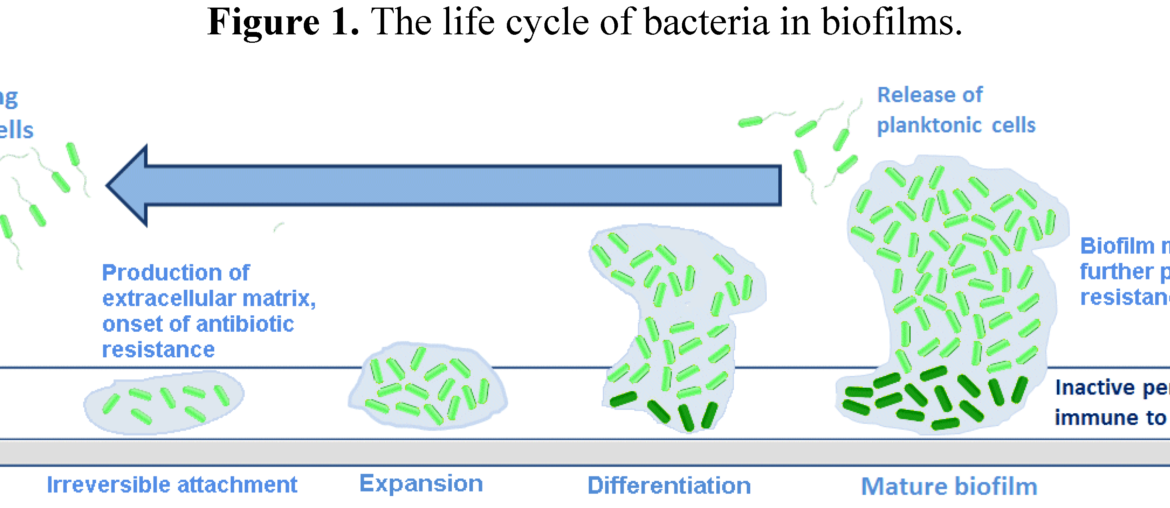Introduction
In the rapidly evolving field of biomedical science, the development of smart materials has become a cornerstone for innovation and progress. Among these innovations, smart polymers stand out due to their unique properties and potential applications. One of the most critical challenges in biomedical applications is the prevention and control of biofilms. Biofilms are complex communities of microorganisms that adhere to surfaces, posing significant risks in medical settings due to their resistance to conventional treatments. This post delves into the modification of materials with smart polymers to combat biofilms in biomedical applications, exploring the mechanisms, advantages, and future prospects of this technology.

1. Understanding Smart Polymers
Smart polymers, also known as stimuli-responsive polymers, are materials that undergo significant changes in their physical or chemical properties in response to external stimuli such as temperature, pH, light, or electric fields. These polymers can be designed to respond in a controlled and predictable manner, making them ideal for a wide range of applications, including drug delivery, tissue engineering, and anti-biofilm strategies.
Types of Smart Polymers
- Thermo-responsive Polymers: Change their properties in response to temperature variations.
- pH-responsive Polymers: Alter their behavior based on the pH of the environment.
- Light-responsive Polymers: React to light exposure by changing their physical or chemical state.
- Electro-responsive Polymers: Modify their properties when exposed to electric fields.
The versatility of smart polymers allows them to be tailored for specific biomedical applications, providing targeted and efficient solutions to complex problems.
2. The Challenge of Biofilms in Biomedical Applications
Biofilms are structured communities of microorganisms encased in a self-produced extracellular matrix, adhering to surfaces such as medical devices, implants, and tissue. They are notoriously difficult to eradicate due to their enhanced resistance to antibiotics and the host’s immune response. Biofilms are implicated in a wide range of medical conditions, including chronic infections, implant-related infections, and dental plaque.
Biofilm Formation Stages
- Attachment: Microorganisms attach to a surface.
- Microcolony Formation: Cells proliferate and form microcolonies.
- Maturation: Microcolonies develop into a mature biofilm with a complex architecture.
- Dispersion: Cells are released from the biofilm to colonize new surfaces.
The ability of biofilms to withstand conventional antimicrobial treatments necessitates the development of innovative strategies to prevent and disrupt their formation.
3. Modification of Materials with Smart Polymers to Combat Biofilms
Integrating smart polymers into biomedical materials offers a promising approach to combating biofilms. By leveraging the responsive properties of smart polymers, materials can be designed to inhibit biofilm formation or promote biofilm disruption under specific conditions.
Anti-biofilm Strategies with Smart Polymers
- Surface Modification: Coating medical devices and implants with smart polymers to create surfaces that resist microbial attachment and biofilm formation.
- Controlled Release of Antimicrobials: Smart polymers can be engineered to release antimicrobial agents in response to environmental triggers, providing targeted action against biofilms.
- Biofilm Disruption: Stimuli-responsive polymers can be used to disrupt established biofilms by altering their structure or releasing biofilm-disrupting agents.
4. Case Studies and Applications
Several studies and applications have demonstrated the effectiveness of smart polymers in combating biofilms in biomedical settings.
Case Study 1: Thermo-responsive Polymers in Catheter Coatings
Thermo-responsive polymers have been used to coat urinary catheters, reducing biofilm formation by releasing antimicrobial agents at body temperature. This approach has shown significant reductions in biofilm-related infections in clinical settings.
Case Study 2: pH-responsive Polymers in Wound Dressings
Wound dressings incorporating pH-responsive polymers have been developed to release antimicrobials in response to the acidic environment of infected wounds. These dressings help to manage biofilm-associated chronic wounds more effectively than traditional treatments.
Case Study 3: Light-responsive Polymers in Dental Applications
Light-responsive polymers have been utilized in dental materials to combat dental plaque biofilms. These materials release antimicrobial agents when exposed to specific wavelengths of light, providing targeted action against biofilms without affecting the surrounding tissues.
Conclusion
The integration of smart polymers into biomedical materials represents a significant advancement in the fight against biofilms. By leveraging the unique properties of smart polymers, it is possible to develop innovative solutions that are both effective and efficient in preventing and controlling biofilm-related infections. The future of biomedical applications lies in the continued exploration and development of these smart materials, offering hope for improved patient outcomes and reduced healthcare-associated infections.
If you found this article insightful, please leave a comment and share your thoughts or experiences with smart polymers and biofilms in biomedical applications. We would love to hear from you!






1 Comment
Pingback: The Roles of Telemedicine in Health Care: Capabilities, Features, Barriers, and Applications - greenpolymershub.com